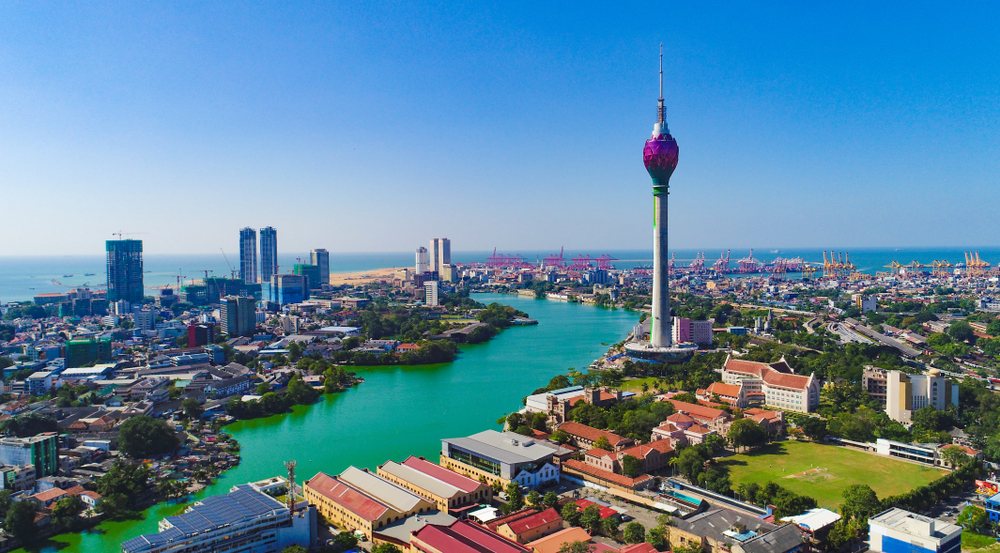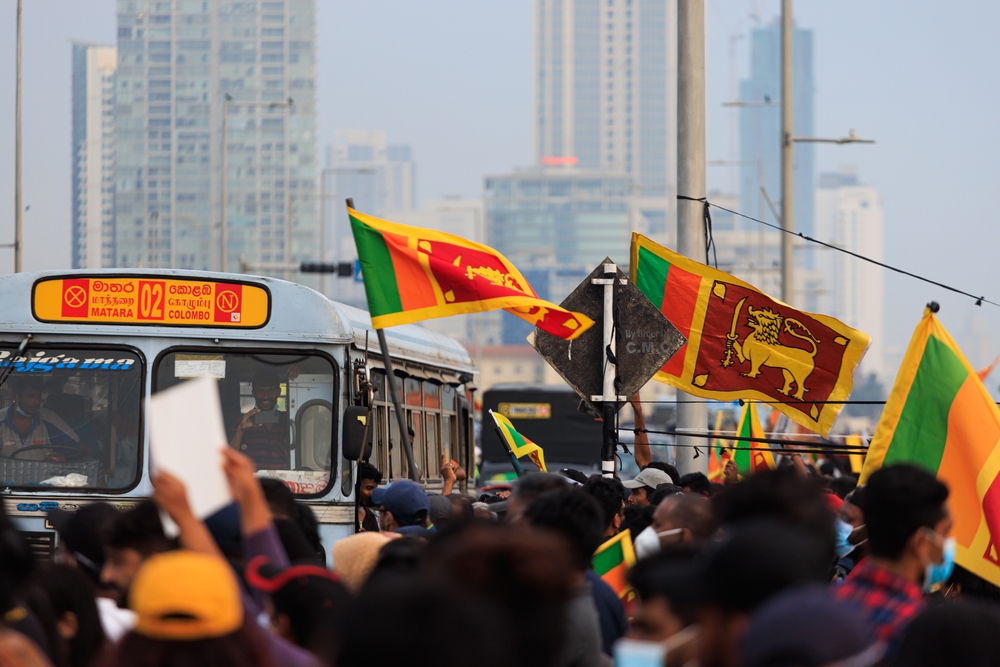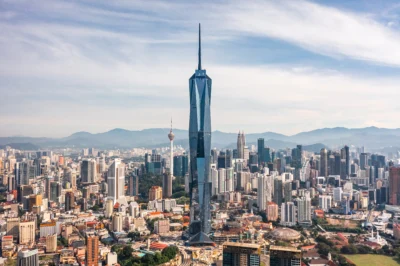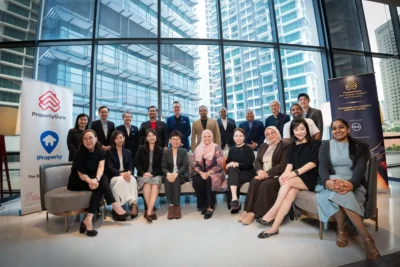Sri Lanka a safe haven for investors
When Sri Lanka’s economy crashed this year, the country’s real estate sector—traditionally regarded as a relatively safe bet for investors—remained surprisingly immune to the devastation

In August, Sri Lanka announced an import ban on 300 non-essential items, including shampoo and chocolates. It was among the latest desperate measures to protect its scant foreign currency reserves and prevent an economic meltdown following the collapse of its previous government.
It exemplified the scale of a crisis that has engulfed the small island nation and served as a reminder that months on from peak pain when Sri Lankans were enduring all-day power cuts and lengthy queues for petrol, the country is still not out of the woods.
Yet one of the industries looking to the future with optimism is property.
Since the decades-long civil war in Sri Lanka ended, real estate has been seen as a haven for investors. As tourism boomed, keen-eyed buyers snapped up cheap properties from the cities to the coast.
During the pandemic, that trend continued as interest rates fell to historic lows and credit to the private sector expanded.
“That was a shot in the arm for the property market,” says Roshan Madawela, CEO of market intelligence firm RIU. “Lots of people dashed their fixed deposits and switched to property investment.”
The timing of the cut in interest rates was particularly vital as construction costs began to rocket amid the global energy crunch. As economies began to wake up from the malaise induced by the pandemic and gas prices rose to record highs amid a strain on supply, the focus on property “seemed like a great idea”.
However, it wasn’t long before the cracks of the crisis started to become apparent. The supply chain scarcity caused by the pandemic was being exacerbated by dwindling foreign currency reserves. Cement had become scarce by the fourth quarter last year as were cooking gas and other everyday supplies. In October, the price of cooking gas shot up by almost 90 percent as the Sri Lankan government abandoned its strategy of price controls on essential goods.
Despite pleas from the IMF for it to be allowed to step in, Sri Lanka remained defiant.
“Even if we die, we will not seek assistance from the IMF. This is the final thing I have to say. Even if this government gets destroyed, we are not prepared to reach out to the IMF and destroy the lives of our people,” says government minister Vasudeva Nanayakkara.
Many observers took the government’s refusal of assistance as a sign they had secretly struck some deal for a bailout—possibly with India or China. But by April it was clear that no one was steering the ship and the country was facing one of the world’s worst economic crises, owing over USD24.5 billion to international debtors, including China, while it has just over USD1.9 billion in reserve.
Shops were bereft of customers, and many lost their jobs. Stories abounded of people who once enjoyed lavish lifestyles, staying in luxury hotels and jet-setting around the world, finding themselves poor, their businesses decimated.
Chamri Silva, who rose from a working-class background to run a luxury dress boutique on one of Colombo’s most expensive shopping streets, saw a 60 percent drop in customers.
“I can no longer purchase materials to make my dresses because of the ban on imports. Anyway, people in Colombo can’t afford to shop anymore and no one comes from abroad to buy my dresses,” she said.
By July the central bank hiked interest rates to a 21-year high to reverse soaring inflation of 54.6 percent year-on-year and food inflation of 80.1 percent in June.
The change prompted some return to fixed deposits, while developers held back from building new projects as buying construction materials remained difficult to obtain, and due to the outbreak of war in Ukraine in February, even more expensive.
Among those most affected were developers who enjoyed early success with off-plan sales and were now having to build their projects at a hugely inflated cost or delay them entirely.
However, overall demand for property remains strong.
“We’ve seen stagnation in property development, but absorption in everything that’s built. The primary absorption levels are at an all-time high,” Madawela says, adding that the few exceptions are the super luxury projects that go for around USD2 million to USD3 million upwards.
The continued buoyancy in demand is a testament to Sri Lankans’ trust in the property market, with prices remaining largely stable in Colombo and secondary markets, and even going up.
“One thing about Sri Lanka is it has learned to be resilient following the war and terror attacks. And the property market has been something of a haven during these times,” adds Madawela.
We’ve seen stagnation in property development, but absorption of everything that’s built. Primary absorption levels are at an all-time high
Yet the threat of a crisis still looms large as the August import ban on non-essential items would suggest. The country now has a new president following the ousting of brothers Mahinda and Gotabaya Rajapaksa, president and prime minister respectively, while the introduction of a QR-code system for rationing fuel has largely quelled unrest and allowed people to get on with their lives. Foreign exchange reserves were also said to be replenishing. However, the economy remains fragile.
Runaway inflation could peak as early as September and the economy is likely to contract eight percent this year, said the central bank governor. Growth, he added, is not likely until the second half of 2023.
Yet the general feeling among analysts is that the worst is over. The new administration have been in talks with the International Monetary Fund (IMF) for a possible USD3-billion deal while politicians have started to back the restructuring of state-owned enterprises along with their foreign debts.
Nirmal De Silva, CEO of advisory Paramount Realty, says that Sri Lanka’s residential real estate market remains attractive. New properties might have to be made smaller or more compact to save on building costs, but with the Sri Lankan rupee having fallen sharply against the dollar, many foreign investors will be eager to get a bargain.
“There is a general sense that stability is coming in, but there’s a lot more work to be done,” he concluded.
The original version of this article appeared in Issue No. 174 of PropertyGuru Property Report Magazine. Write to our editors at [email protected].
Recommended
6 reasons Bekasi is rising as Greater Jakarta’s next hotspot
One of Greater Jakarta’s rising stars is prospering, thanks to ample recreation and a contingent of desirable housing projects
6 developments driving Asia’s green real estate shift
Developers are being incentivised to push a green agenda into daring new realms
The Philippines’ LIMA Estate drives sustainable industrial growth
LIMA Estate models a citywide vision that uplifts workers while appealing to climate-conscious employers
Malaysia property market rebounds with foreign interest and growth
The nation’s property market is stirring to life, fuelled by foreign buyers and major infrastructure drives








